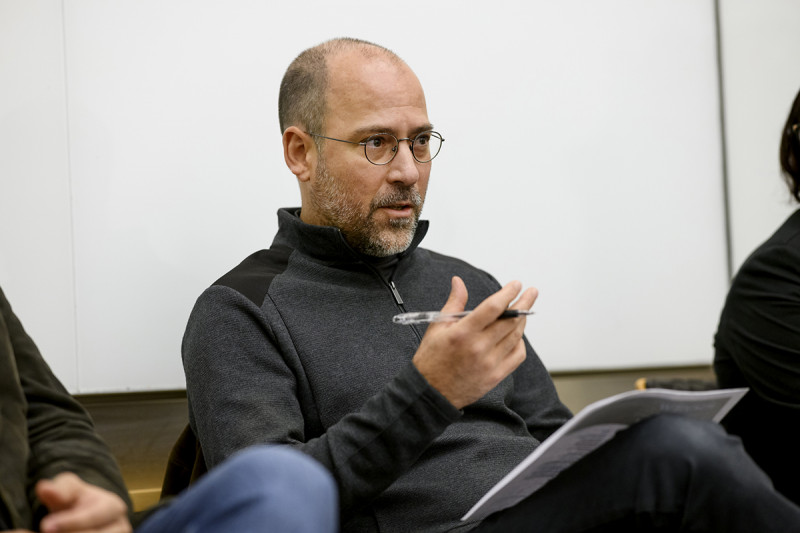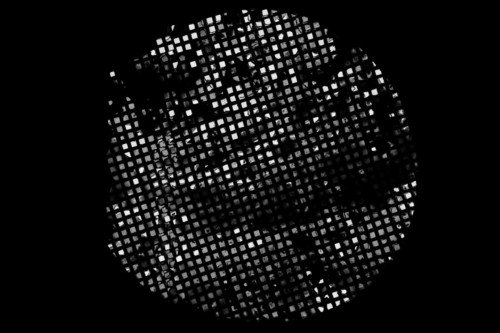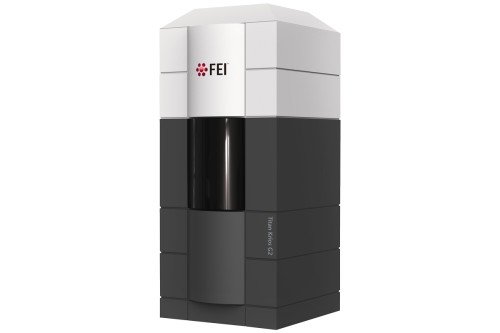
Structural biologist Christopher Lima studies pathways that are important for how RNA gets metabolized.
In June 2019, Christopher Lima was named Chair of the Sloan Kettering Institute’s Structural Biology Program. Dr. Lima replaced Nikola Pavletich, who had led the program since its creation in 2003 and who still has a lab in SKI. In addition to his new role, Dr. Lima is a Howard Hughes Medical Institute investigator and a faculty member in the Gerstner Sloan Kettering Graduate School of Biomedical Sciences.
We spoke with Dr. Lima about his research and his plans for the program. He also talked about the roles of technology and collaboration in advancing the field of structural biology.
What is structural biology?
Structural biology illuminates the function of important biological molecules through the study of their shape or architecture. What that means is being able to see at atomic or near-atomic resolution exactly how different molecules interact and activate or inhibit one another. It gives us a deep understanding of the mechanisms that are going on inside cells at the most basic level.
Inspiration on what to study can come from many areas. We may look at molecules that we know are essential for a fundamental process, like cell division. Or we may prioritize structural studies of gene products that we know are important because they are mutated in a disease or are targets of a drug.
What do you do in your lab?
We study pathways that are important for how RNA gets metabolized. There are many types of RNA, with some providing templates for translating genes into proteins. In addition, we study how proteins are modified after they get made, through a process called ubiquitination. We also use biochemistry to study these processes in test tubes.
We’ve been focused on these pathways for years because they are essential for life. Recently we’ve learned that several of the gene products that we work on may also be important for cancer. MSK-IMPACT™ is a test that looks for genetic changes in tumors. When that test was developed, DIS3, ZCCHC8-ROS1, and XPO1 were among the genes identified as being mutated or altered in cancers. Having already studied these genes puts us in a better position to understand what they do and whether they might be a good target for intervention.
There was a lot of excitement when SKI got a cryo-electron microscope (cryoEM) about three years ago. How has that instrument changed structural biology research here?
X-ray crystallography, which is an alternative technique, requires us to crystallize molecules into a single shape or structure before we can study them. What’s great about cryoEM is that it allows us to study mixed samples that exist in multiple shapes or states at the same time. That’s extremely powerful. CryoEM also helps us study very large molecules or complexes that are sometimes difficult to crystallize.
At the same time, X-ray crystallography is still a valuable tool. It typically gives us higher resolution than cryoEM, albeit on smaller systems. This allows us to focus on the parts we’re particularly interested in studying in much greater detail.
Can you give an example of how the two technologies work together?
Let’s say we have an enzyme that’s important for a certain cellular function and we want to learn where a drug binds to it. CryoEM may be able to show us which part of the enzyme to focus on, but if we want to redesign the drug and make it more potent, we need to know every single point of contact between the drug and the enzyme in the active site. Depending on the problem, X-ray crystallography can often get to that level of resolution.
What’s unique about doing structural biology research at SKI?
It’s part of our mission to do innovative basic science. I would put SKI on par with some of the very best research universities in the world. We often collaborate with investigators in other parts of MSK as well as at other institutions.
SKI is populated by people who have a fundamental interest in discovering the systems and pathways that matter most in biology. If those pathways turn out to be relevant for disease, which is sometimes the case, it then opens up a world of possibilities for the translational and clinical research that’s also going on here.
What are your plans for the Structural Biology Program?
When I was a grad student, structural biologists had to pick a particular technique to focus on, whether that was X-ray crystallography or something else. Today, we take a hybrid approach to determining how biological pathways work. As such, we hope to recruit multidisciplinary scientists who define themselves not by the method they use but by the biological problem they’re focused on.









